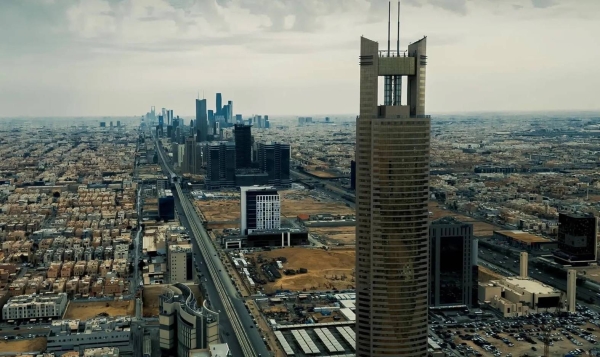In May, inflation in Saudi Arabia remained steady at 1.6% year-on-year for the third consecutive month, according to data from the General Authority for Statistics. The Consumer Price Index (CPI) revealed that residential rents were the main contributor to inflation, with a 10.5% increase compared to the same month last year. This increase was primarily driven by a 14.3% rise in apartment rents, leading to an 8.7% overall increase in the housing, water, electricity, gas, and other fuels category. Food and beverage prices also rose by 1.4%, with vegetable prices seeing a significant 6.9% increase.
On the other hand, the furnishings, household equipment, and maintenance category experienced a 3.8% decrease, influenced by a 5.8% drop in the prices of furniture, carpets, and other floor coverings. Additionally, the clothing and footwear category declined by 4%. The CPI showed a slight increase of 0.2% in May compared to April, driven by a 0.5% rise in residential rents. The International Monetary Fund (IMF) has noted that inflation in Saudi Arabia remains contained and has slowed rapidly despite some pressure points.
The IMF reported that inflation peaked at 3.4% year-on-year in January 2023, but fell to 1.6% in April 2024 due to the appreciation of the nominal effective exchange rate. Rent prices have been rising at around 10% due to the influx of foreign workers and major redevelopment plans in cities like Riyadh and Jeddah. Wholesale prices have also increased recently, reflecting higher input costs and some wage increases for skilled labor. The IMF expects inflation to remain steady at 1.9% in 2024, while the Saudi Ministry of Finance has forecasted a decrease in inflation rates to 2.2% in the same year.
Despite the overall stability in inflation rates, the rise in residential rents continues to be a key driver of inflation in Saudi Arabia. With a 10.5% increase in residential rents compared to the previous year, the housing, water, electricity, gas, and other fuels category recorded an 8.7% overall increase. This rise was particularly significant in apartment rents, which saw a 14.3% increase. Food and beverage prices also contributed to inflation, rising by 1.4%, with vegetable prices experiencing a 6.9% increase.
However, not all categories experienced an increase in prices. The furnishings, household equipment, and maintenance category saw a 3.8% decrease, driven by a 5.8% drop in the prices of furniture, carpets, and other floor coverings. Similarly, the clothing and footwear category declined by 4%. The overall CPI showed a slight increase of 0.2% in May compared to April, mainly due to a 0.5% rise in residential rents. Despite these fluctuations, inflation in Saudi Arabia has remained relatively stable at 1.6% for the past few months.
The International Monetary Fund (IMF) has been closely monitoring the inflation trends in Saudi Arabia. They noted that inflation peaked at 3.4% year-on-year in January 2023 but has since decreased to 1.6% in April 2024. This decline was attributed to the appreciation of the nominal effective exchange rate. Rent prices have been a major factor driving inflation, with a 10% increase noted in recent months. Wholesale prices have also risen, reflecting higher input costs and some wage increases for skilled labor.
Looking ahead, the IMF expects inflation to remain steady at 1.9% in 2024. On the other hand, the Saudi Ministry of Finance has forecasted a slight decrease in inflation rates to 2.2% in the same year. Despite some fluctuations in prices across different categories, the overall inflation rate in Saudi Arabia is expected to remain relatively stable in the coming months. Factors such as rent prices, wholesale prices, and wage increases for skilled labor will continue to influence inflation trends in the Kingdom.










